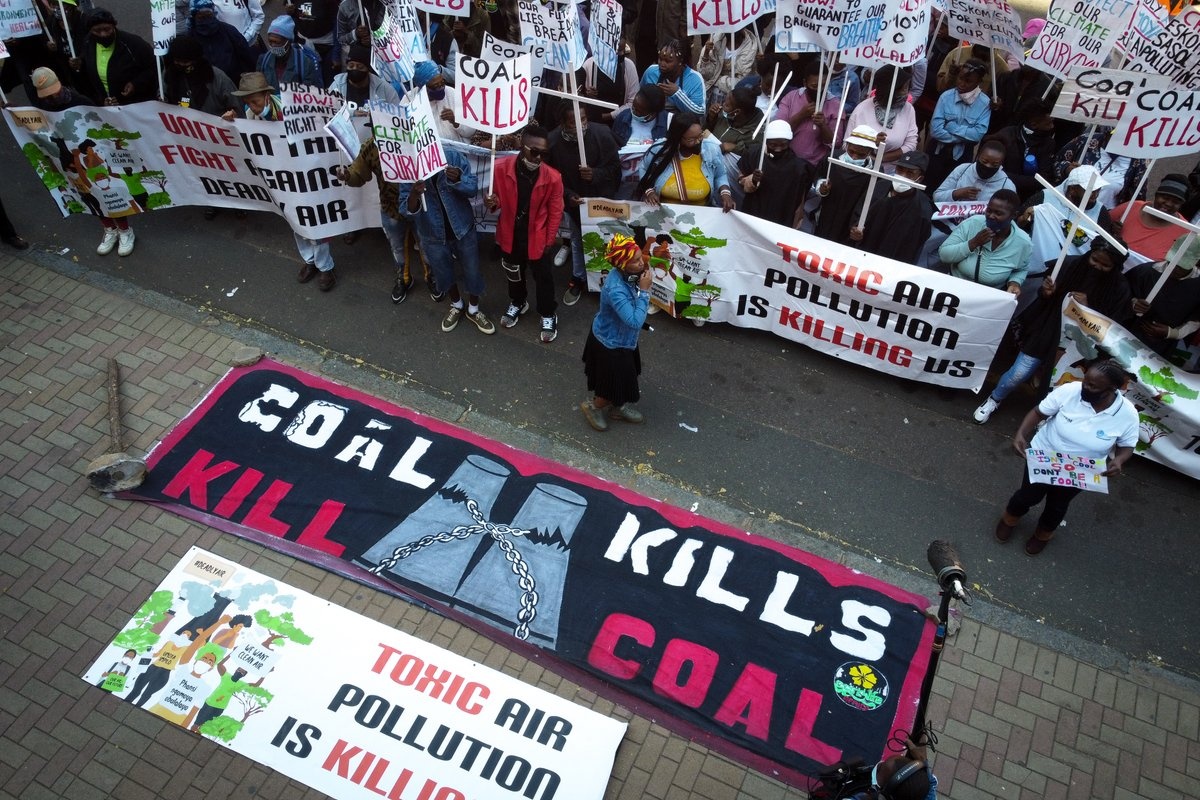Controversial Companies

The data on GCEL can't tell the full story of how coal companies are displacing communities, destroying ecosystems, violating environmental regulations, and wrecking peoples’ health. Here, we put a spotlight on some of the most controversial companies and their impacts.
Adani
India’s Adani is one of the world’s most controversial coal conglomerates. It owns the largest fleet of private coal plants in India and is the world’s 6th largest coal plant developer. Adani has time and again made headlines for human rights violations, environmental breaches and questionable business practices.
Duke Energy
Duke Energy is one of the biggest power utilities in the United States and operates almost 13 GW of coal-fired capacity in 5 US states: North Carolina, Indiana, Kentucky, Ohio and Florida. Coal accounts for around ¼ of the company’s total generation capacity.
EPH
Czech company EPH is one of Europe’s largest polluters. In recent years, it has found a new way of drawing money from state budgets. EPH owns the German coal companies LEAG and MIBRAG. According to German law, EPH will now receive substantial government compensations for the “early” closure of LEAG’s and MIBRAG’s coal assets.
Eskom
State-owned company Eskom is supposed to supply 80% of South Africa with electricity. In 2023 however, South Africans were out of power for 6,947 hours, equivalent to 289 days. Eskom generates 89% of its power from coal.
Glencore
Switzerland’s Glencore is the world’s 10th largest thermal coal producer. The company produces 102 Mt of coal annually at its mines in Australia, South Africa and Colombia. Glencore has absolutely no ambition to phase out its coal production.
KEPCO
South Korea’s Korea Electric Power Corporation (KEPCO) is one of the largest electric utilities in the world. It owns and operates over 36 GW of coal-fired power plants, including the 6,100 MW Taean coal power plant, South Korea’s largest source of greenhouse gas emissions and air pollutants.
San Miguel
Famous for its beer, the Filipino conglomerate San Miguel is also the largest power producer in the Philippines. The company operates 4 coal plants and still plans to build 2 new coal plants and 8 new gas plants.
